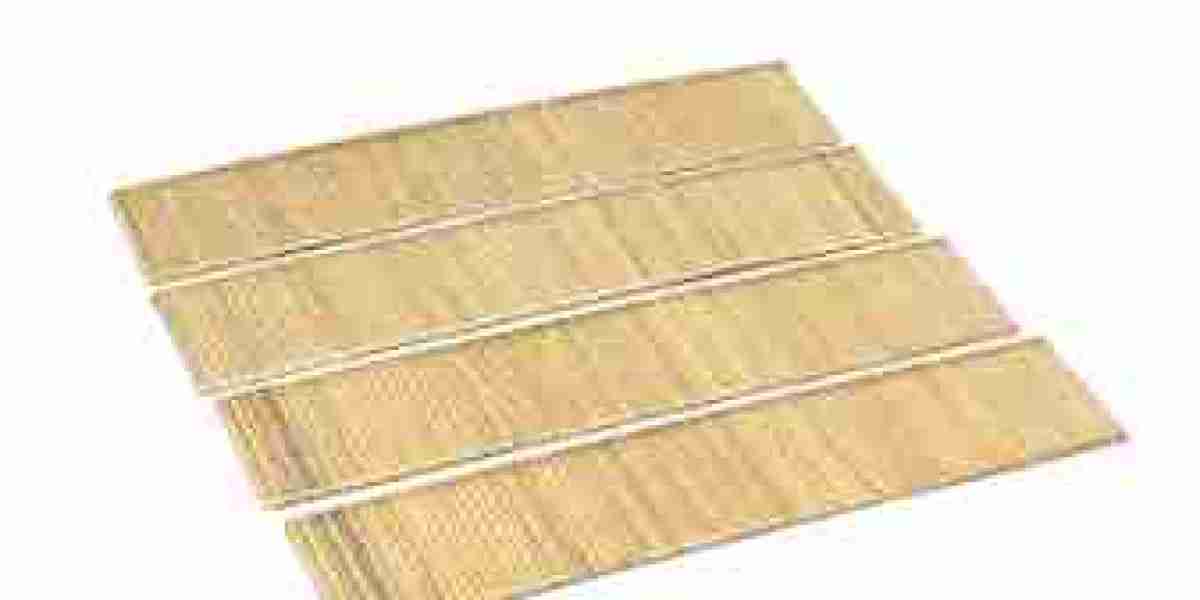The Staple Wire Band sector is currently navigating significant pressure as raw-material costs rise and technical specifications become more demanding. Many staple manufacturers find themselves under strain: they need wire bands that not only perform strongly in high-speed machines but also come at a stable price and reliable supply. This tension is reshaping purchasing strategies and supplier relationships across the industry.
Steel wire, the fundamental input for staple wire band, has seen price fluctuations that affect margins for both producers and buyers. Higher costs for carbon steel or galvanized wire mean that staple-band makers must optimize their processes to remain competitive. Meanwhile, buyers increasingly demand bands with enhanced tensile strength — often above 900 N/mm² — to reduce machine jams and scrap losses, pushing suppliers to refine their specifications.
In response, staple wire-band suppliers are stepping up quality control and material engineering. They are offering wire bands with tighter tolerances in flattening degree and more consistent spool packaging to minimize deformation during transport. These efforts help prevent issues like misfeeds or machine failures, which can be costly for large production facilities.
Sustainability and lifecycle cost are also part of the equation. Buyers are increasingly evaluating not just the per-kilogram cost of wire band, but the total operational savings achieved through reduced scrap, lower downtime, and fewer rejects. Wire-band manufacturers responding to this demand are promoting bands with corrosion-resistant coatings—like copper or zinc—alongside optimized strength grades, making them more appealing for long-term, high-reliability applications.
At the same time, supply-chain risk is prompting more strategic sourcing. Some buyers are negotiating long-term contracts or dual-sourcing to guard against volatility. By securing wire from reliable suppliers with consistent quality and dependable delivery, manufacturers can reduce the risk that staple production lines will be interrupted.
In summary, the Staple Wire Band market is under transformation: rising raw-material costs, stronger performance requirements, and sustainability concerns are pushing both buyers and suppliers to rethink their strategies. Those who manage to balance cost, strength, and quality are likely to gain a competitive edge.







